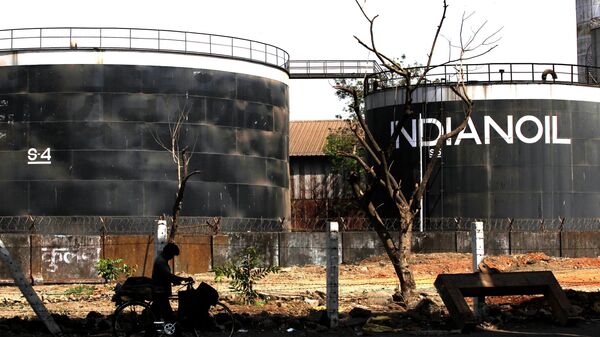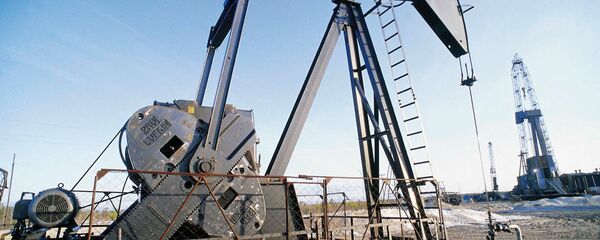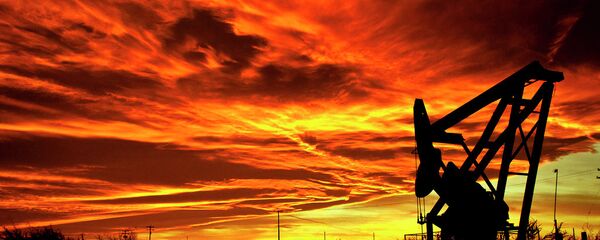The price of a liter of crude oil in India is 12 rupees, three cents cheaper than the price of a liter of clean water which comes in at 15 rupees. Despite the fall in prices of petroleum products, inflation in the country is on the rise. The fall in oil prices has not benefited the Indian population; on the contrary, the government has increased the price of the excise tax on gasoline production for the third time in the last two months.
Firstly, it should be understood that the oil we see in the market is a finished product. It was produced, processed and poured into a barrel. In Russia the cost of extracting one barrel of oil is around $6, the same amount goes to its transportation costs ($ 5.7).
In addition, there is also tax on oil exports, which ultimately leads to the fact that the net profit per barrel is only about 30-35% of its market value.
If the government reduces the price of petroleum products following the collapse in the oil market, then oil and gas companies will eventually produce nothing, leading to a profound energy crisis in the near future.
Similarly, it is necessary to take into account that Russia is one of the largest producers and exporters of oil. Countries that have limited oil resources, in particularly India, are in a dire situation. Currently, the market price of a barrel of oil is around $ 30.5.
The expert further added, “On one hand it may seem that a low oil price is good, but in fact it will hit exports. If prices remain lower than $40 per barrel, it would be very bad news for the world economy.”
Comparing the price of water to oil in India, Aman Arawal director of the Indian Institute of Finance, said, “You have to understand that we are talking about the price of crude oil on the world market, but it is not the price for the consumers. The price of oil is 55-60 rupees per liter, making such comparisons incorrect.”




